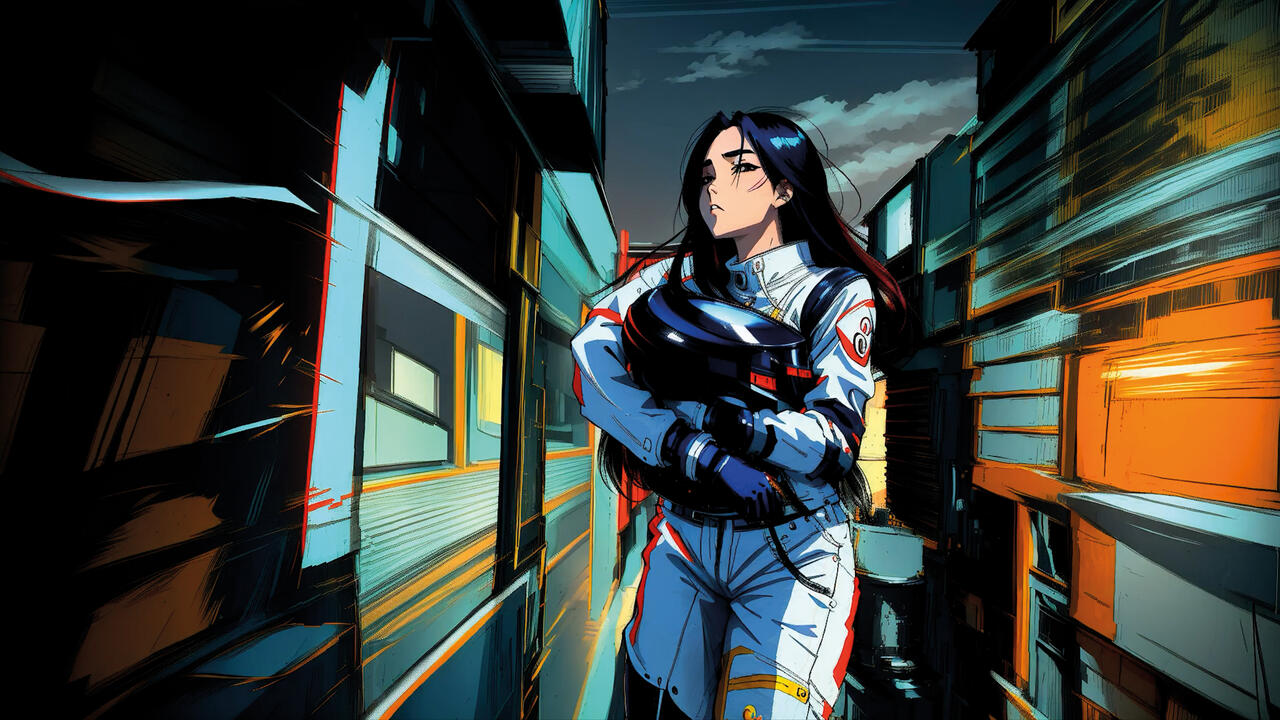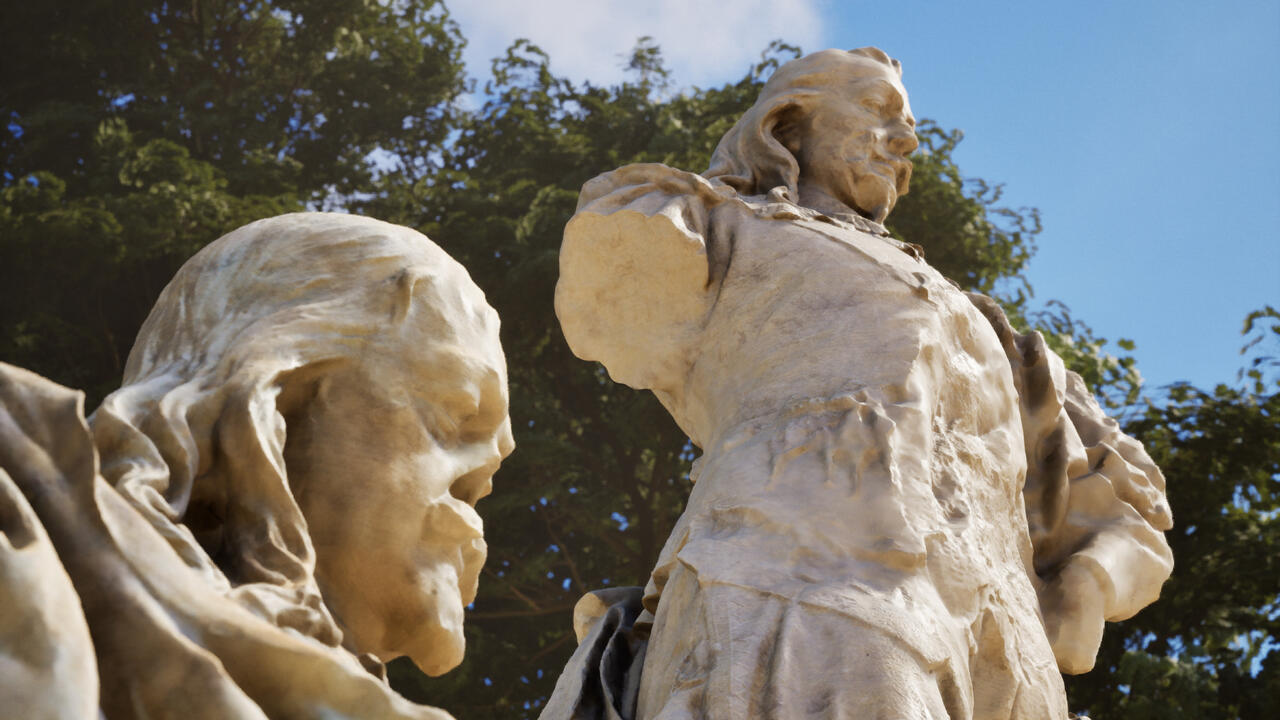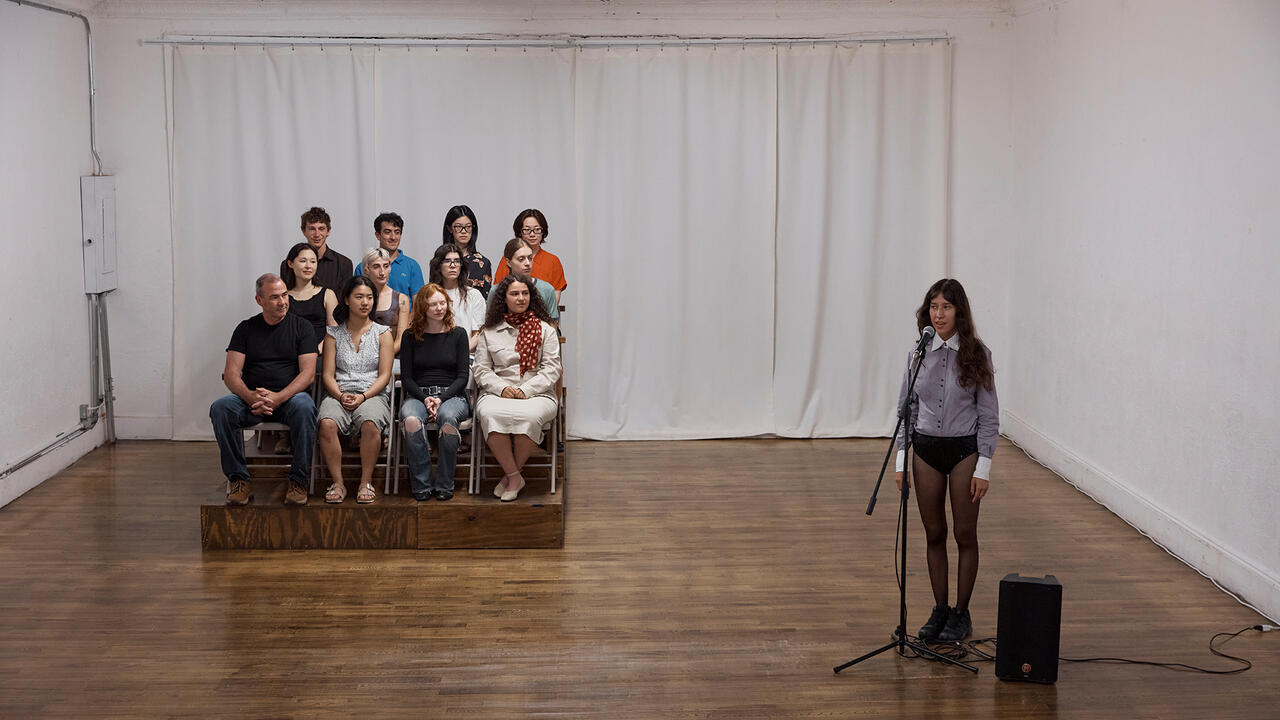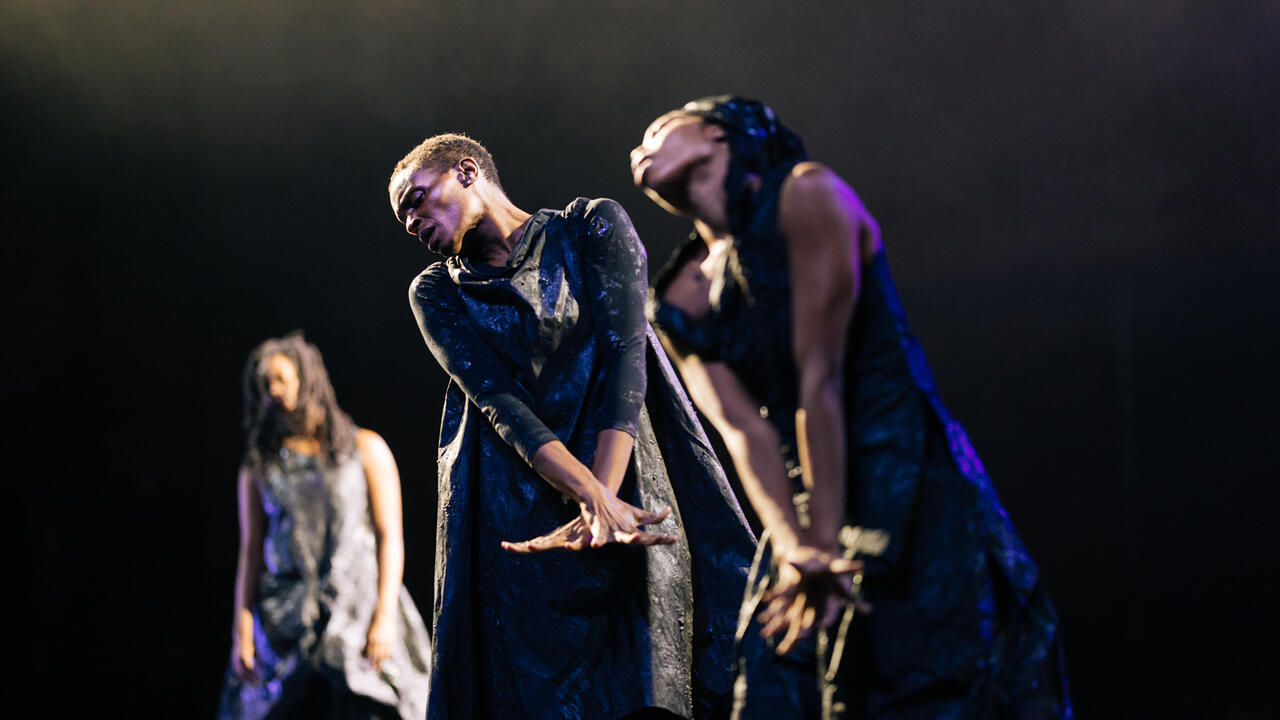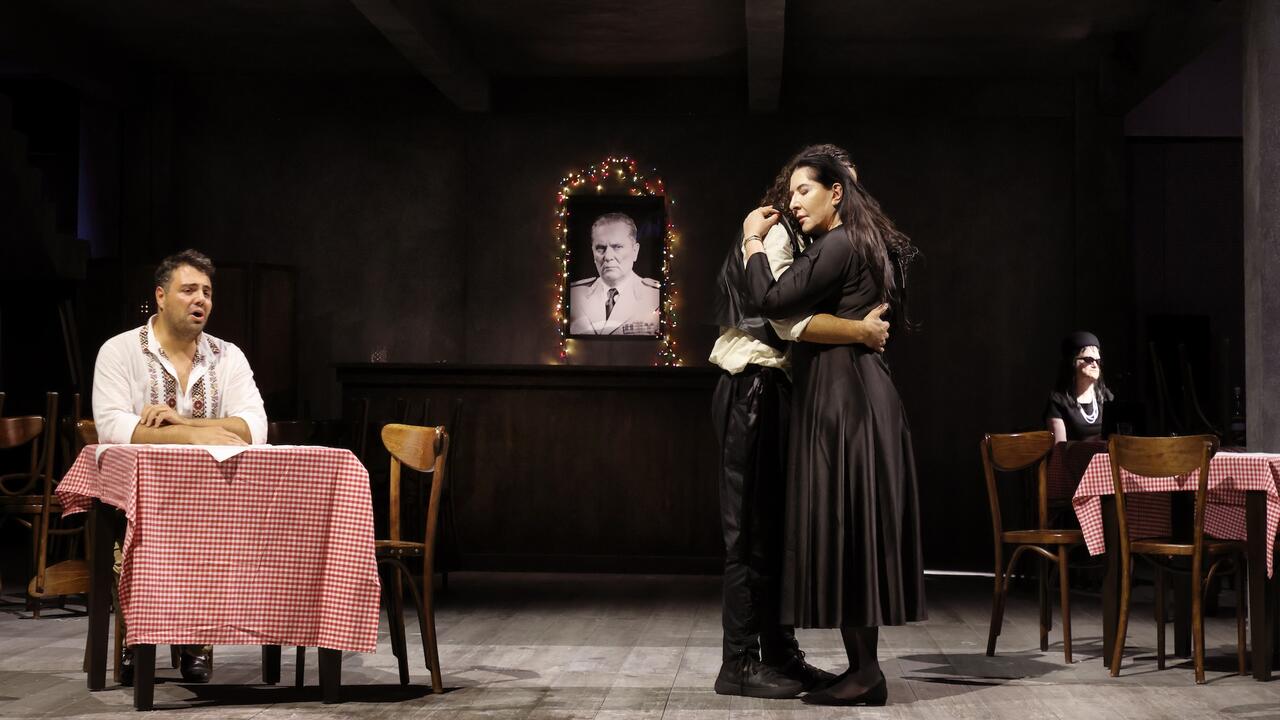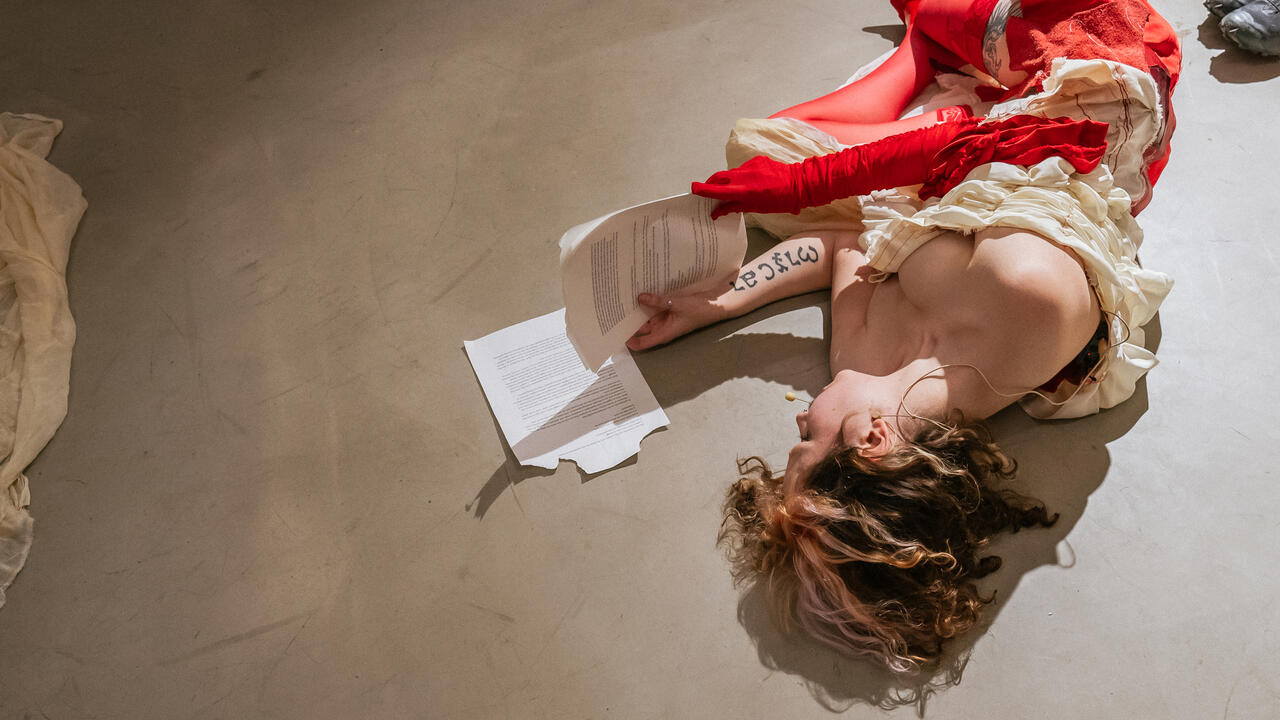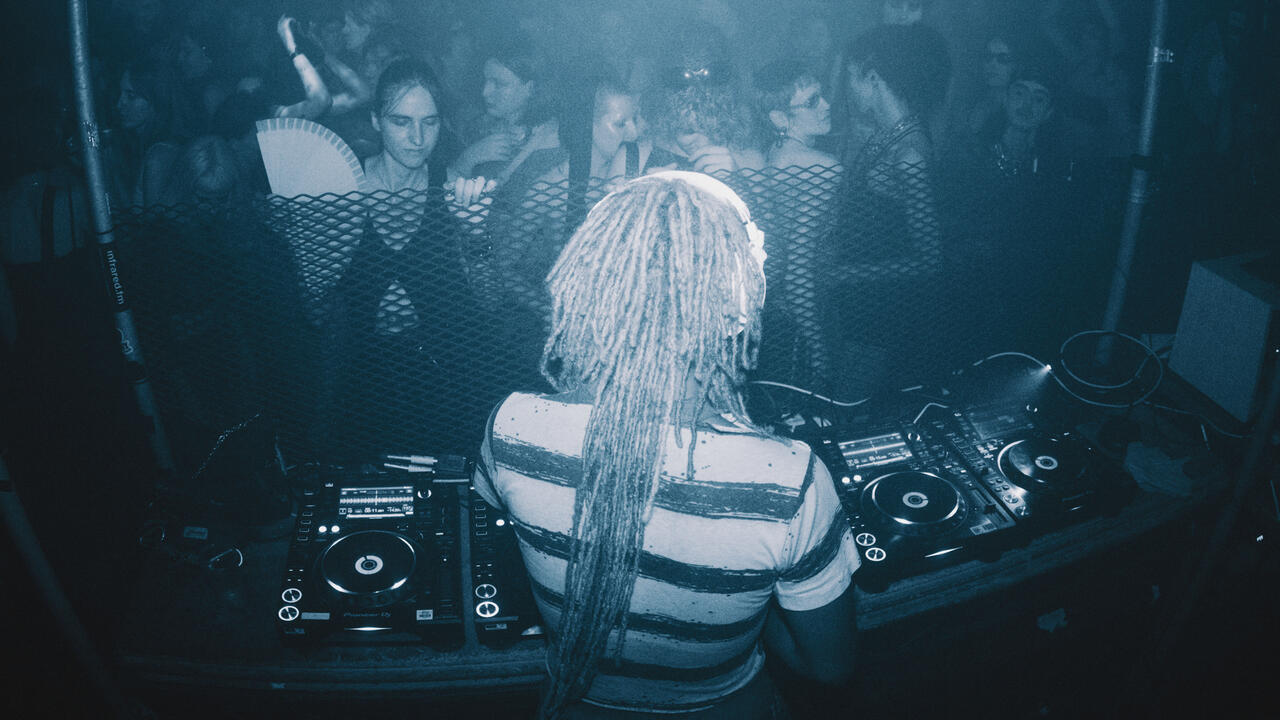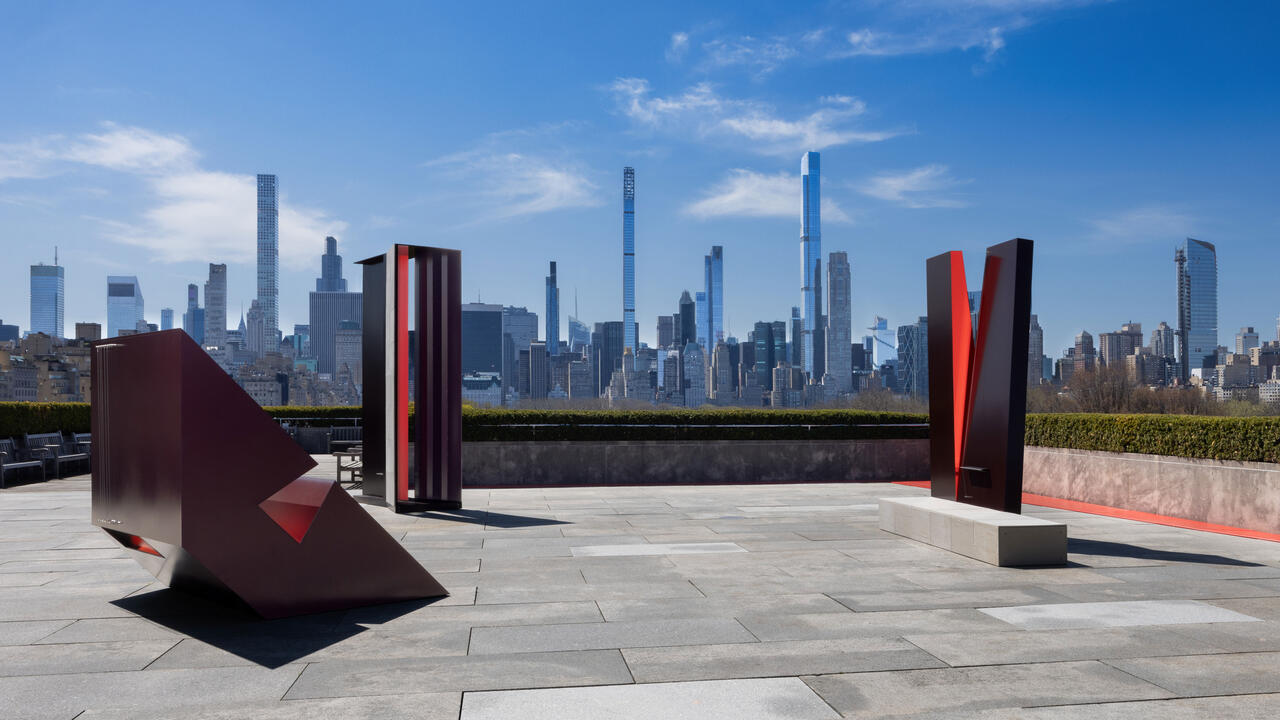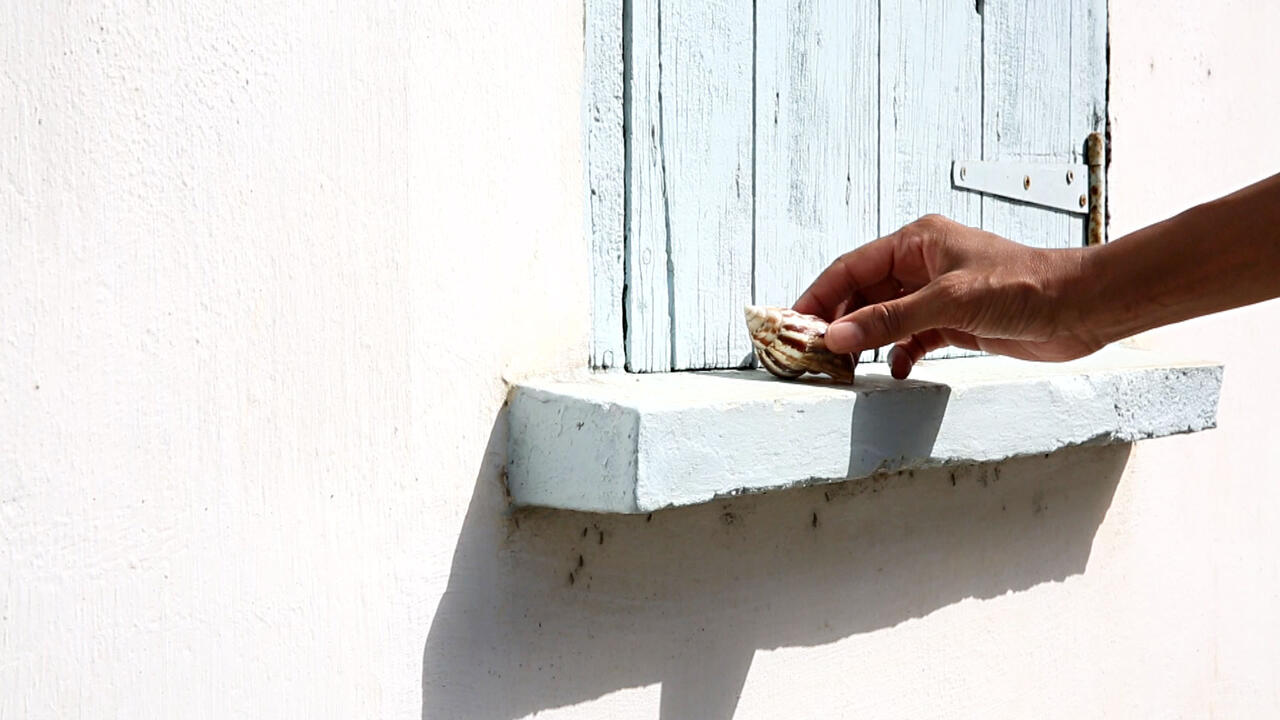That Time
A report from the Cycle Festival for Music and Art in Kópavogur, Iceland
A report from the Cycle Festival for Music and Art in Kópavogur, Iceland

Contemporary art and music often run on separate, if parallel tracks. This is not so much a formal or aesthetic division – those boundaries have long since broken down – but a socio-cultural one: the commonly understood conventions for how each is presented and experienced. The Cycle Music and Art Festival, now in its second year, attempted to overlay the twin genres, an endeavour that challenged participants, in some cases exacerbating their differences, but also forging common political territory.
Cycle takes place annually in the Icelandic municipality of Kópavogur, 20 minutes from central Reykjavik – a place curator Eva Wilson referred to as ‘the margin of the margin’ of the contemporary art world. In addition to the four-day festival (which spread to other locations too, such as one ‘participation performance’ involving covert actions in the local supermarket) there is a long-running exhibition across three venues adjacent to one another: the Gerðarsafn Art Museum, the Salurinn Concert Hall, and the Natural History Museum.

‘That Time,’ the title of the 2016 iteration, is borrowed from a Samuel Beckett play in which newness and aging are portrayed as cyclic, if not entirely illusory, processes. The first layer of questioning this title poses is how art and music exist differently in time; whereas art is often thought to exist ‘beyond’ time, music needs a ‘host,’ as Wilson put it: a listener, an instrument, a recording. But the name also refers to how a work exists in historical and – given the setting and selection of works – geological time. Iceland’s landscape, formed relatively recently by volcanic eruptions 20 million years ago, is staggeringly beautiful and deeply alien: it practically demands meditation on timelines beyond the human.
If the first level of ‘That Time’ is shallow time within the scope of individual human experience, the presence of two artist-run brands at the festival was a telling comment on the cycles of newness constantly constructed by market conditions. The festival served as a platform for the ‘soft launch’ of a new collaboration between longtime collaborators boyleANDshaw and artist Adam Gibbons, whose brand name BASAG was printed on hundreds of orange branded ‘stress balls’ for overworked participants and visitors to squeeze. A carpeted installation they built also served as a venue for announcements and discussions. On opening night, the mayor of Kópavogur gave his inaugural speech in that space, after which he cut a ribbon announcing another brand, DullTech, as the exhibition’s official sponsor. DullTech, a crowd-funded company run by artist Constant Dullart, produces media players for art exhibitions (three videos in the show were running on DullTech, and the brand’s screensaver appeared intermittently on Icelandic public television).

On day two, artist Johannes Paul Raether took participants on a field trip beyond the museum triangle and into a deeper time stratum. Plastered in blue and orange body paint and outfitted in a leather harness-contraption, Raether’s alter-ego, a character he calls an ‘avatara’ or ‘witch,’ packed us into a tour bus and led us to an aluminium processing plant on the coast. At the plant, owned by worldwide frontrunner in environmental devastation, Rio Tinto, we witnessed the massive smelting operation and the magnetic field it creates, while an employee gave us a greenwashing spiel about aluminium as a sustainable product (the employee was nonetheless a willing participant aware of the critical leanings of the artist). Next, we travelled to the Blue Lagoon, a spa tourist attraction whose mineral-rich water is actually runoff from a nearby power plant. Raether, who did not ask permission for the visit, approached the bath and attempted to reach his bright-blue finger into the bright-blue water, hoping to perform what he later called a ‘Da Vinci moment’ of contact, but was quickly thwarted by security.
Throughout his performance Raether recited a near-continuous monologue (‘the witch’s song’) that the audience heard through earpieces. The narrative became a disembodied inner voice that echoed long after the prostheses were taken out. In a later lecture-performance called The Girl Who Never Was, the artist Erik Bünger offered conceptual scaffolding for considering the voice as a kind of disembodied spirit, which constantly loops backward and forward through time via the technologies of writing and audio recording. ‘The voice is neither nothing nor something,’ he said. ‘It’s the moment of division between something and nothing.’ Voice slices the world in two, separating us from temporal continuity, from ourselves, from other creatures.

Entering the concert hall during a performance by the South Icelandic Chamber Choir – Niður (Surrender in three movements), by Hallvarður Ásgeirsson and Saga Sigurðardóttir – I couldn’t tell where the singers’ voices were emanating from; it was only when they reappeared on the empty stage that I realized they had been singing from the second tier of seats above the audience. Their second piece, Reflections on Verisimiltude by Jobina Tinnemans, had them performing in front of digitally modified projections and recordings of the rocky shores of western Iceland: screaming above the rushing of a waterfall; cooing and humming along with birds. Human, animal, and digital sounds were indistinguishable. Like many works, whether ‘music’ or ‘art’ – the puffing and panting live composition Floating by flautist Berglind María Tómasdóttir; artist Marguerite Humeau’s synthetic recreation of ancient speech in the sound piece FOXP2 (2016) – the choir performance attempted to arrest the precise moment between breath and voice, between sound and speech, momentarily short-circuiting a life cycle to open space for possibility.
For his repeating performance Sepulchral City (2016), artist David Levine hired a duo of actors to wander the halls of the museums, reciting looping passages from Joseph Conrad’s 1898 novel Heart of Darkness, speaking to everyone and no one. This piece, in conjunction with others – notably the film Kwassa Kwassa (2015) by Superflex documenting the building of boats on the island of Anjoun in the Indian ocean which are used to transport migrants to the neighbouring island of Mayotte, a French overseas territory and the outermost part of the EU – successfully and importantly set up a critical vocabulary for thinking through personal, historical, and environmental time as (post)colonial constructs. ‘That Time’ is this time, then is now, and we must ask and re-ask not only what is being voiced but who is allowed to have a voice.

Appropriately, the third day of the festival was also the day of Icelandic parliamentary elections. In the basement of a Reykjavik bar, Icelandic artist Kolbeinn Hugi performed a sweaty, late-night ritual in an improvised sauna (Future the Prequel // Past the Sequel), before a screen projecting the incoming election results. In general it was unhappy viewing for the watching artists, musicians, and cohort: the Left-Green and Pirate parties came in second and third, with the centre-right Independence party garnering the largest sector of the vote. Those vast questions about time and space that had been taken up during the festival quickly seemed to shrink to the size of a pinhole: sustainability had not been deemed the highest governmental priority (nor, for that matter, had arts funding). Beleaguered by thoughts of insignificance, I was reminded of something the artist Caitlin Berrigan said during a panel discussion earlier that day. Berrigan, whose video and installation work on show (Treatise on Imaginary Explosions Vol. II, 2016), concerns a group of fictional feminist geologists, argued that studying deep time need not diminish the significance of human life and action. ‘The mineral transcends human time,’ she said, yet it does not ‘disavow the suffering of the human species.’ Instead it is common territory that allows us ‘to form alliances that acknowledge our inherent differences.’








